holes in sheet metal
ionized_gw
12 years ago
Related Stories

HOUSEKEEPINGQuick Fix: How to Patch a Drywall Hole
Dents and dings disappear, leaving your walls looking brand new, with this fix that even a novice can do
Full Story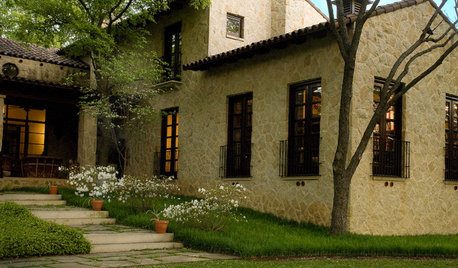
DESIGN DICTIONARYWeep Hole
Shedding water and venting air, weep holes are healthy escapes for homes
Full Story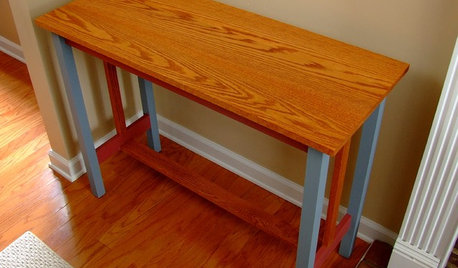
DIY PROJECTSPocket Hole Joinery, the Beginning Woodworker's Best Friend
Make a wide range of sturdy wooden pieces with just this little bit of know-how
Full Story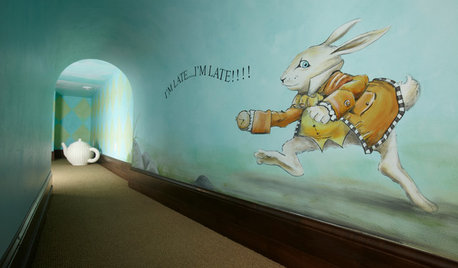
FUN HOUZZSpace We Love: Down the Rabbit Hole
We're dying to crawl through this secret Alice-in-Wonderland tunnel, aren't you?
Full Story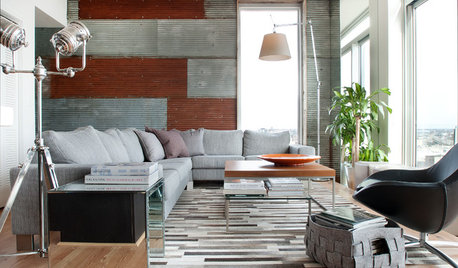
REMODELING GUIDES5 Places to Love Corrugated Metal in Your House
It’s budget friendly, versatile and even colorful. Is it any wonder this popular exterior material is making inroads indoors?
Full Story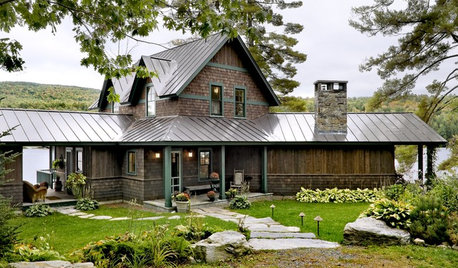
REMODELING GUIDESMaterials: The Advantages of a Metal Roof
Metal reigns in roofing style, maintenance and energy efficiency
Full Story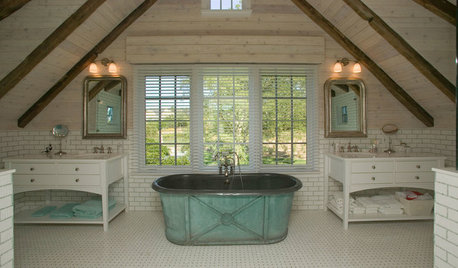
BATHROOM DESIGN7 Metal Tubs That Steal the Show
Industrial-style metal tubs offer lightweight, unique alternatives to porcelain. Could a metal tub be for you?
Full Story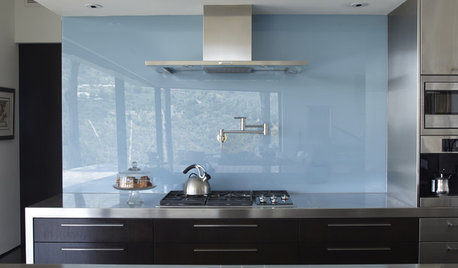
KITCHEN DESIGNThe Future of Backsplashes
Grout is out. Continuous sheets of glass, stone, metal and porcelain are saving cleaning time and offering more looks than ever
Full Story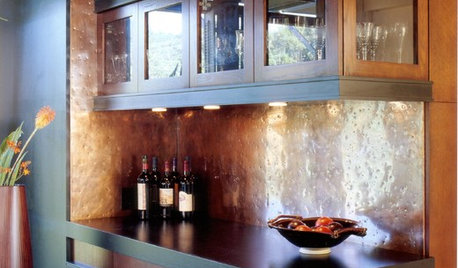
DECORATING GUIDES7 Great Places for a Hammered Metal Finish
Amp up the character in your kitchen (or any room, really) with the gorgeous texture and artful look of hammered metal
Full Story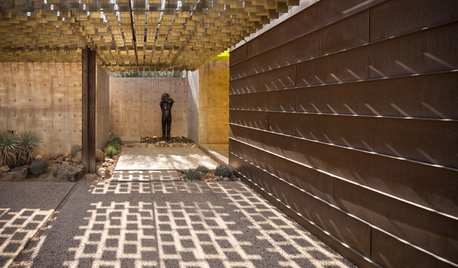
REMODELING GUIDESMetal Works Wonders With Home Exteriors
Whether they use steel panels, a copper skin or corrugated cladding, these metal home exteriors gleam with ingenuity
Full StoryMore Discussions







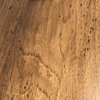
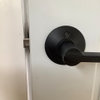
live_wire_oak
snoonyb
Related Professionals
Martha Lake Kitchen & Bathroom Remodelers · Saint Helens Kitchen & Bathroom Remodelers · Toledo Kitchen & Bathroom Remodelers · Warren Kitchen & Bathroom Remodelers · Champaign General Contractors · Coffeyville General Contractors · Duncanville General Contractors · Makakilo General Contractors · Medway General Contractors · Midlothian General Contractors · Palestine General Contractors · Austintown General Contractors · Birmingham Painters · Brandon Painters · Ossining Paintersionized_gwOriginal Author
mike_kaiser_gw
ionized_gwOriginal Author
snoonyb
lazypup
ionized_gwOriginal Author
brickeyee
ionized_gwOriginal Author
snoonyb
ionized_gwOriginal Author
greg_2010
brickeyee
ionized_gwOriginal Author
brickeyee
ionized_gwOriginal Author
brickeyee
mike_kaiser_gw
ionized_gwOriginal Author
brickeyee